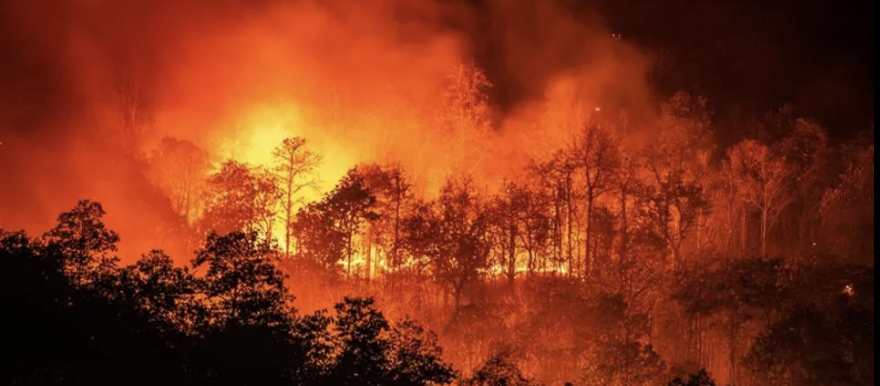Image from Forbes
Infrastructure plays a crucial role in our daily lives, providing essential services such as transportation, water supply, energy, and communication. However, with the increasing frequency and intensity of natural disasters and the impacts of climate change, it is more important than ever to ensure that our infrastructure is resilient and able to withstand these challenges.
The Importance of Infrastructure Resilience
Infrastructure resilience refers to the ability of infrastructure systems to anticipate, absorb, adapt to, and rapidly recover from disruptions. This is essential to ensure the continuity of services and the well-being of communities in the face of natural disasters such as hurricanes, floods, earthquakes, and wildfires, as well as the long-term impacts of climate change.
Case Study: Hurricane Katrina
One of the most devastating examples of the importance of infrastructure resilience is Hurricane Katrina, which struck the Gulf Coast of the United States in 2005. The failure of levees and flood protection systems led to catastrophic flooding in New Orleans, causing widespread damage and loss of life. This disaster highlighted the critical need for resilient infrastructure to protect communities from the impacts of extreme weather events.
Strategies for Building Resilient Infrastructure
- Investing in infrastructure upgrades and maintenance to improve resilience
- Integrating climate change considerations into infrastructure planning and design
- Implementing nature-based solutions such as green infrastructure to enhance resilience
- Engaging with stakeholders and communities to build support for resilient infrastructure projects
Example: Thames Barrier
The Thames Barrier in London is a prime example of resilient infrastructure designed to protect the city from flooding. This movable barrier spans the River Thames and can be raised during high tides to prevent storm surges from entering the city, safeguarding critical infrastructure and communities from the impacts of climate change.
Infrastructure resilience is essential for preparing for natural disasters and climate change. By investing in resilient infrastructure, integrating climate considerations into planning, and engaging with stakeholders, we can build a more sustainable and secure future for our communities. It is crucial that governments, businesses, and communities work together to ensure that our infrastructure is prepared for the challenges ahead.































+ There are no comments
Add yours